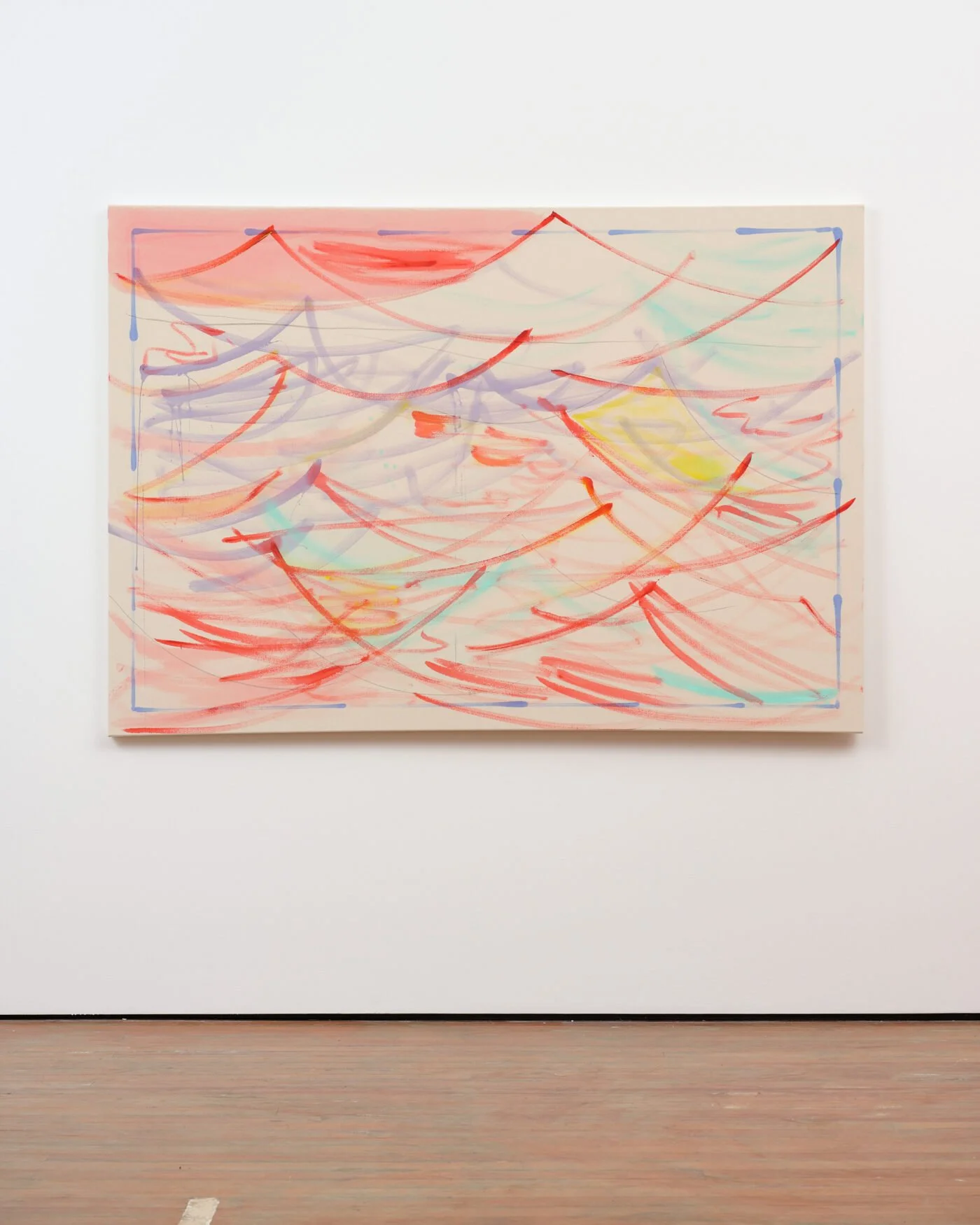April Seminar 2024
Concepts and Constructs
This seminar for me revolves around the definitions and understanding of these two terms.
It could be thought of as reaching for subjects yet to come…Materials and processes are as important as the concepts and the language we build around it. 1
Constructs - the largely invisible conditions of our daily encounters. These need to be agreed upon by the group - Foucault argued that the social arrangements that impose order also hold power. As artists we may find agency in questioning these…
’Constructs are the unseen rules guiding our daily lives, from train schedules to age limits for voting. While not inherently good or bad, these societal norms are imposed upon us and require collective agreement to exist. They're socio-political in nature, shaping our experiences through established boundaries and power dynamics, as Foucault suggests.
Karen Barad, a philosopher and quantum physicist, builds on Foucault's idea of power by noting its effect on the body. She suggests that power operates through pressure on the body, causing it to change and respond. This responsiveness enables the body to send and receive signals, playing a crucial role in visualization methods. 2
Concepts can be seen as the artists intention, the ideas we are working on in the studio. Concepts don’t usually come first, they arise in the study during the “exchange of material enquiry”
Simon Critchley highlights the significance of reflection and conceptualization in art. He suggests that while all art involves concepts, it goes beyond them. Art requires a moment of sensuality or spatiality that is distinct from the concept itself. 3
Before our critiques of each others work it is important to consider how to go about it.
“The function of criticism should be to show how it is what it is, even that it is what it is, rather than to show what it means.” 4
Susan Sontag discusses the responsibility of the group, how observations not opinions should drive decisions. That this builds meaning and content.
Lay out the form of the work
Draw connections between the work and the world.
evaluate what’s working
above all avoid value statements without offering evidence
focus on the work not the artist.
These are all helpful when critiquing others work but especially when considering my own.
Lisa Samuels argues that in the arc of ideas in Western history the 19th C could be viewed as preoccupied with Time, the 20th with Space and the 21st with Contact.
Ideas around contact and the nature of touch, physically, morally emotionally, or imaginary, is also entwined with the crossing of boundaries. To keep order in this ‘crisis’ of contact that occurs continually we might see how order has been imposed . Ann Carson concludes that “civilisation is a function of boundaries”. 5
I keep this in mind as I listen to the Talk.
Talk by Dr. Victoria Lynne-Jones “Am I overly suggestible?”
On Binding : Nuanced differentiation of vision and touch in the paintings of Annouska Akel
In reflecting on the art of Anoushka Akel, Wynn-Jones discusses how elements like vision, movement, and noise coexist within Akel's paintings, despite their apparent stillness. Wynn-Jones suggests that these paintings create immersive, multisensory experiences, making thematic statements through their form. Drawing on Catheryn Vasseleu's ideas, she challenges Lisa Samuels notion of vision being separate from touch, “vision and embodiment and movement and noise” “co- occur and yet ‘cannot’ exist in the apparent silence, apparent surface stillness, of the paintings” 6, arguing that touch is essential for sight. Wynn-Jones emphasizes the interconnectedness of sensory experiences in painting, advocating for a perspective that acknowledges the simultaneous presence of different energies. Akel's artwork, characterized by traversing lines and bodily forms, blurs the boundaries between internal and external spaces, mirroring the interconnected nature of perception and sensation. Overall, Akel's paintings offer intricate examples of how sensory input and stimulation contribute to dynamic, multisensory experiences.
Anoushka Akel, Group Portrait, 2023, oil, acrylic and wax pencil on canvas, 1410 x 2000mm
I was especially interested in the idea of ‘membranism’ - that vision is a semi permeable concept, the eye (and the brain) itself being wet and able to absorb and transmute vision and the world around us. Laura Marks argues that vision is therefore also haptic, we ‘touch with the eye’. 7
If haptic is a quality of touching, then is sensation a quality of the eye? Furthermore membranism means wet touch and transfer event of the object to the body, then the body to object to body plus mental image becomes a 3 dimensional, embodied and active idea. Membranism emphasises the contact we sustain.8&9
With these thoughts in mind I can also wonder how does light function for me in my work, especially with the question of atmospheres and perception.
Footnotes
Atkinson, David. Art in Education: Identity and Practice. Dordrecht, Boston, and London: Kluwer Academic Publishers, 2002.
Barad, Karen. "Getting Real: Technoscientific Practices and the Materialization of Reality." Differences: A Journal of Feminist Cultural Studies 10, no. 2 (Summer 1998).
Critchley, Simon. "The Infinite Demand of Art." Art & Research: A Journal of Ideas, Contexts and Methods 3, no. 2 (Summer 2010).
Sontag, Susan. Against Interpretation: and Other Essays. New York: Dell Pub. Co., 1969.
Carson, Anne. "Dirt and Desire: Essay on the Phenomenon of Female Pollution." In Men in the Off Hours, 2-14. New York: Vintage Books, 2000.
Samuels, Lisa. Concurrence. Auckland: Michael Lett, 2022, pp. 15-21.
Samuels, Lisa. "Membranism, Wet Gaps, Archipelago Poetics." Reading Room 4, 155-166. 2010.
Victoria Lynne Jones, talk on Anoushka Akel, Whitecliffe College, April 2024.
Anna Rankin, "The Painting of Anoushka Akel: On Beauty, Biography, and Being 'Here Now'," Metro Magazine, accessed [9th May], https://www.metromag.co.nz/arts/the-painting-of-anoushka-akel.

